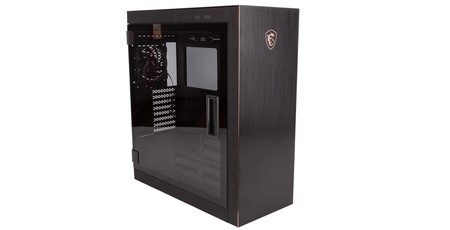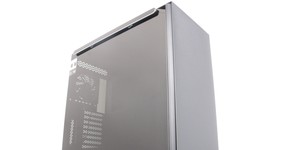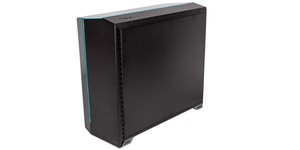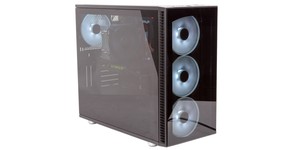
Test Setup
For cases capable of housing ATX or larger motherboards, we use our standard ATX case test kit, which includes:
- CPU Intel Core i5-4690K at 4.3GHz (43 x 100MHz, 1.20V)
- Graphics card Nvidia GeForce GTX 980 3GB
- Motherboard Asus Maximus VI Formula
- RAM 4GB G.Skill RipjawsX DDR3 1,600MHz
- SSD OCZ Arc 100 240GB
- PSU Fractal Design Integra M
- CPU cooler Gelid Rev. 3 Tranquillo
- CPU cooler fan Be Quiet! SilentWings 2 120mm
We disable all CPU power management features, ensuring a fixed frequency and voltage throughout testing. Fixing GPU frequency these days is extremely difficult, but we run our GPU with a maximum temperature target and maximum power target, which drastically reduces boosting-induced clock speed variation. The CPU fan is fixed at 7V with an adaptor while the graphics card fan is locked at 70 percent speed using MSI Afterburner. The system is loaded using Prime95 26.6 and Unigine's Heaven 4.0 benchmark. We use Core Temp and GPU-Z to monitor the temperatures, taking the maximum values after 15 minutes - enough time for the readings to plateau.
To help account for inconsistencies in the ambient temperature at the time of testing, we calculate the delta T values for both components i.e. the reported peak temperature minus the recorded room temperature at the end of testing. This is not perfect, as the relationship between ambient and component temperature is not strictly linear (i.e. an increase in ambient of 2°C might lead to a greater increase in component temperature, particularly in poor-airflow scenarios) but it is certainly far better than comparing the reported temperatures only, as these do not account for variation in ambient whatsoever. We also ensure we do at least three runs for every case and configuration to avoid anomalous data, and the final delta T values represent the average of all non-anomalous runs rounded to the nearest degree.
It's important to realise that, despite our best efforts in minimising variables, our test area is not considered a controlled environment in terms of ambient airflow or ambient temperature, both of which can and do impact the results. As such, we have found that differences of 3°C or less for the CPU and 2°C or less for the GPU results are generally not worth worrying about. Our goal is to find out which cases are excellent, good, okay, bad, or terrible when it comes to CPU/GPU airflow and not to identify minute differences, and our testing is sufficient for delineating along these lines. We take our testing very seriously here, hence why we feel it's important to be as transparent as possible about our methodology and our limitations. We advise you to treat results from sources that do not do this with caution.
Cooling Performance

MSI MPG Velox 100R Chassis Review
October 14 2021 | 15:04








Want to comment? Please log in.